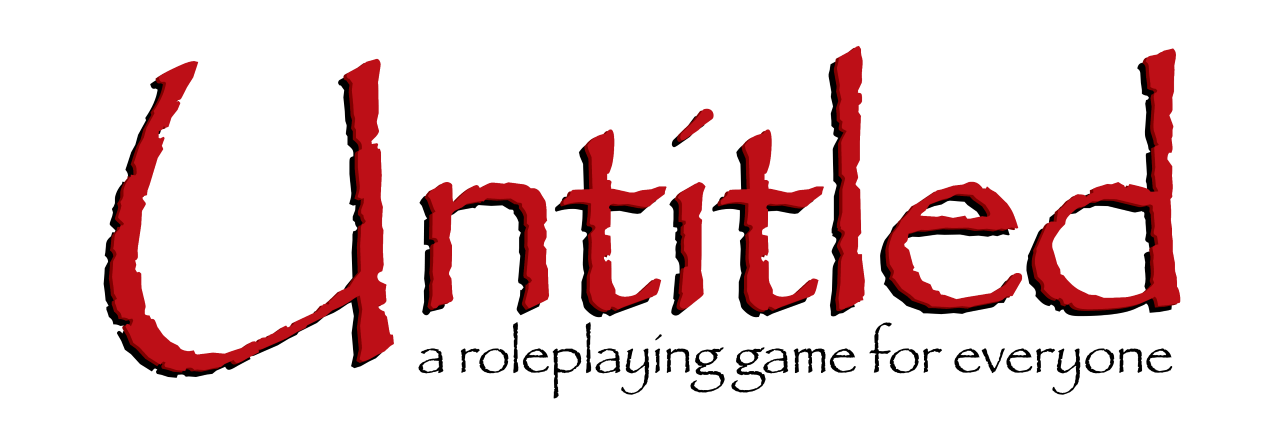Range
While most melee weapons are considered close-ranged and require adjacency to attack, some are longer than others and may allow for extended range and special abilities. A melee weapon longer than five foot, such as a halberd or Lucerne hammer, may be considered a reach weapon when used in their full capacity.
This simply means that a character may be able to attack with said weapon at a greater distance than others, presenting a potential advantage. Some reach weapons, like spears, are not necessarily dual-purpose and could put their users at a disadvantage when their opponents close in. Keep this in mind.
Specific types of reach weapons may be designed to hook or catch and may provide the wielder with the ability to ‘trip’ or perform other similar combat flourish. As with all flourishes though, even ones granted by a specific weapon or weapon type, performing this action requires the use of stamina to cover the extra effort.
Thrown Weapons
Thrown weapons are weapons that are designed to be thrown and are often quite different from their traditional counterparts. Throwing daggers for instance often have little to do with a conventional dagger; with a thinner blade, even weight distribution and better balance, they require a skilled hand to manufacture and use. Not to say that you can’t throw a regular dagger, just that doing-so may not have the same impact as throwing a dagger designed for that purpose.
Aside from daggers there are other common thrown weapons such as darts, bolas and stars. A thrown weapon will often have specific characteristics: including its range, damage and any special abilities or instructions for using the weapon.
Ranged Weapons
Ranged weapons are weapons designed to be used at some distance and include projectile weapons such as the common short and long bow, composite bows, crossbows, slings and even muskets, but also non-reloadable weapons such as the spear.




